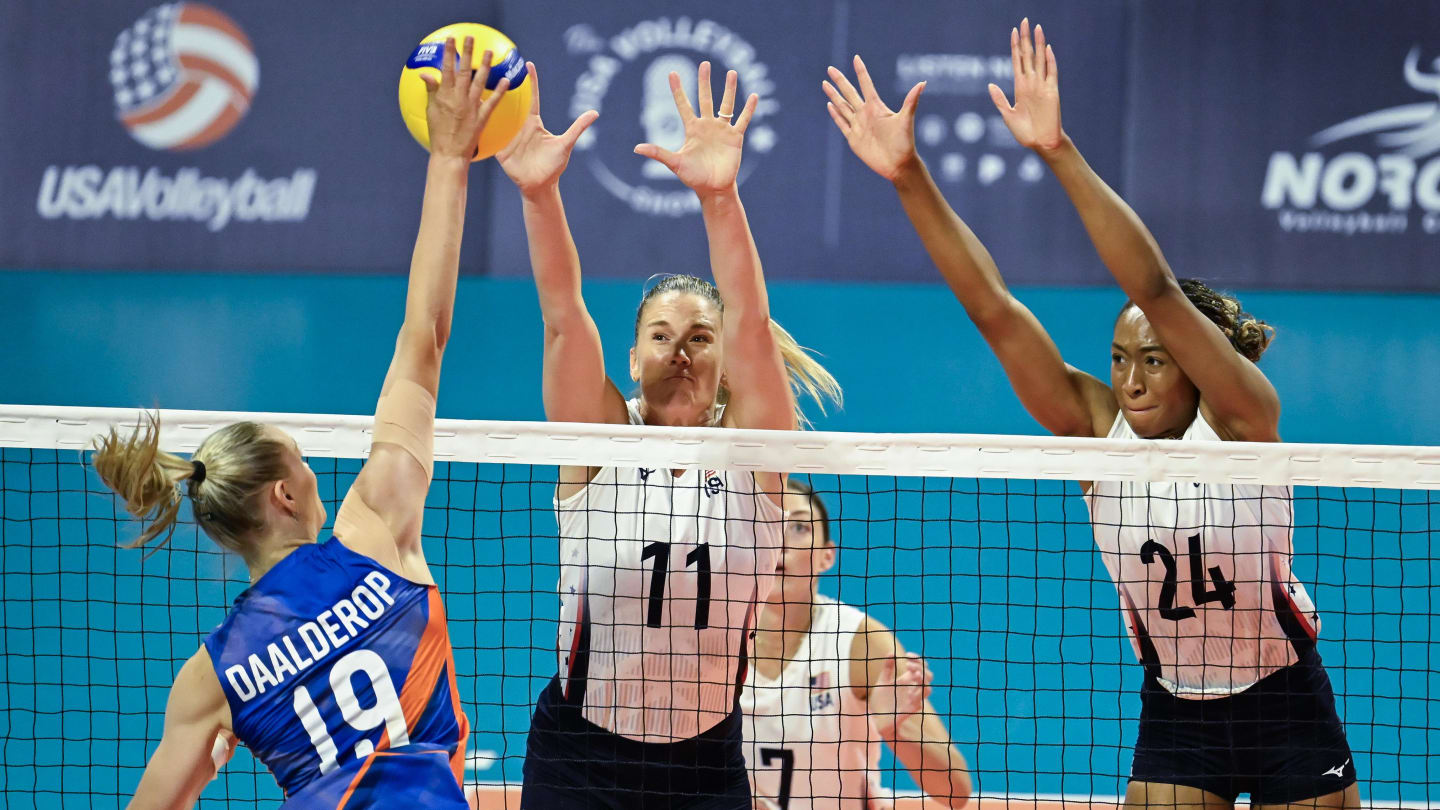Aixuze Insights
Explore the latest trends and insights on diverse topics.
Bump, Set, Spike: Unraveling the Secrets of Volleyball Culture
Discover the hidden gems of volleyball culture! Bump, set, and spike your way to understanding its vibrant secrets and community.
The Evolution of Volleyball: From Court to Culture
The history of volleyball dates back to 1895 when it was first introduced by William G. Morgan in Holyoke, Massachusetts. Initially known as 'Mintonette,' the game rapidly evolved from its modest beginnings to a dynamic sport played on courts all around the globe. The incorporation of the net transformed it into a game reminiscent of tennis, allowing for a unique blend of teamwork and individual skill. As the rules and equipment underwent modifications, volleyball began to gain traction in schools and recreational programs, embedding itself into the fabric of community sports. By the 1960s, both indoor and beach volleyball started to take shape, marking a significant expansion of its reach and popularity.
As we moved into the 21st century, the sport transcended its origins, becoming a significant cultural phenomenon that resonates with millions. Volleyball is not just an athletic endeavor; it symbolizes teamwork, resilience, and community spirit. The arrival of professional leagues and international competitions, such as the Olympics, further established its status in global culture. Today, volleyball is celebrated through various adaptations, from beach volleyball tournaments in vibrant seaside locales to corporate team-building events. Its evolution reflects a broader cultural shift, intertwining sport with social gatherings, fitness trends, and even lifestyle branding, making volleyball an integral part of both recreation and competition.

Top 10 Must-Know Volleyball Terms for New Players
Volleyball can be an exhilarating sport, but for new players, the terminology can often feel overwhelming. Understanding the top 10 must-know volleyball terms is crucial for both on-court performance and effective communication with teammates. Familiarizing yourself with these terms will enhance your comprehension of the game and help you integrate more seamlessly into practices and matches. From 'set' to 'spike,' mastering the lingo can lead to a more enjoyable experience as you navigate the sport.
- Serve: The act of putting the ball into play, which can be performed underhand or overhand.
- Set: A tactical move where the ball is played high in the air to prepare for the next hit.
- Spike: A powerful attack hit performed to send the ball over the net and score points.
- Dive: A defensive move to reach a low ball. It’s essential for keeping the game alive.
- Block: A defensive action near the net to thwart an opponent's spike.
- Volley: A rally where the ball is hit back and forth without touching the ground.
- Libero: A specialized defensive player who wears a different color jersey and cannot attack the ball above the net.
- Rotation: The clockwise movement of players in the lineup after every serve to ensure everyone participates.
- Timeout: A break called by a coach or team to strategize, rest, or adjust tactics.
- Match Point: The point that, if won, results in victory for one team.
What Makes Volleyball a Unique Team Sport?
Volleyball is a unique team sport that combines individual skills with collective strategy, creating a dynamic and engaging experience. One of the most distinguishing features of volleyball is its fast-paced nature, where teams must quickly adapt to the flow of the game. The sport demands exceptional communication among teammates, as players have to constantly call out plays and adjust their positioning in response to the opponent's movements. This level of interaction fosters strong bonds and teamwork, setting it apart from many other sports where players might operate more independently.
Moreover, volleyball is played in various formats, including indoor, beach, and grass, each adding its unique flavor to the game. Indoor volleyball emphasizes agility and quick reflexes, whereas beach volleyball often requires players to rely on their endurance and adaptability due to unpredictable weather conditions and varying surfaces. Additionally, the scoring system in volleyball, with its rally point format, ensures that every play is critical, keeping the excitement levels high. This combination of factors makes volleyball not only a compelling team sport but also one that offers versatility and accessibility for players of all skill levels.